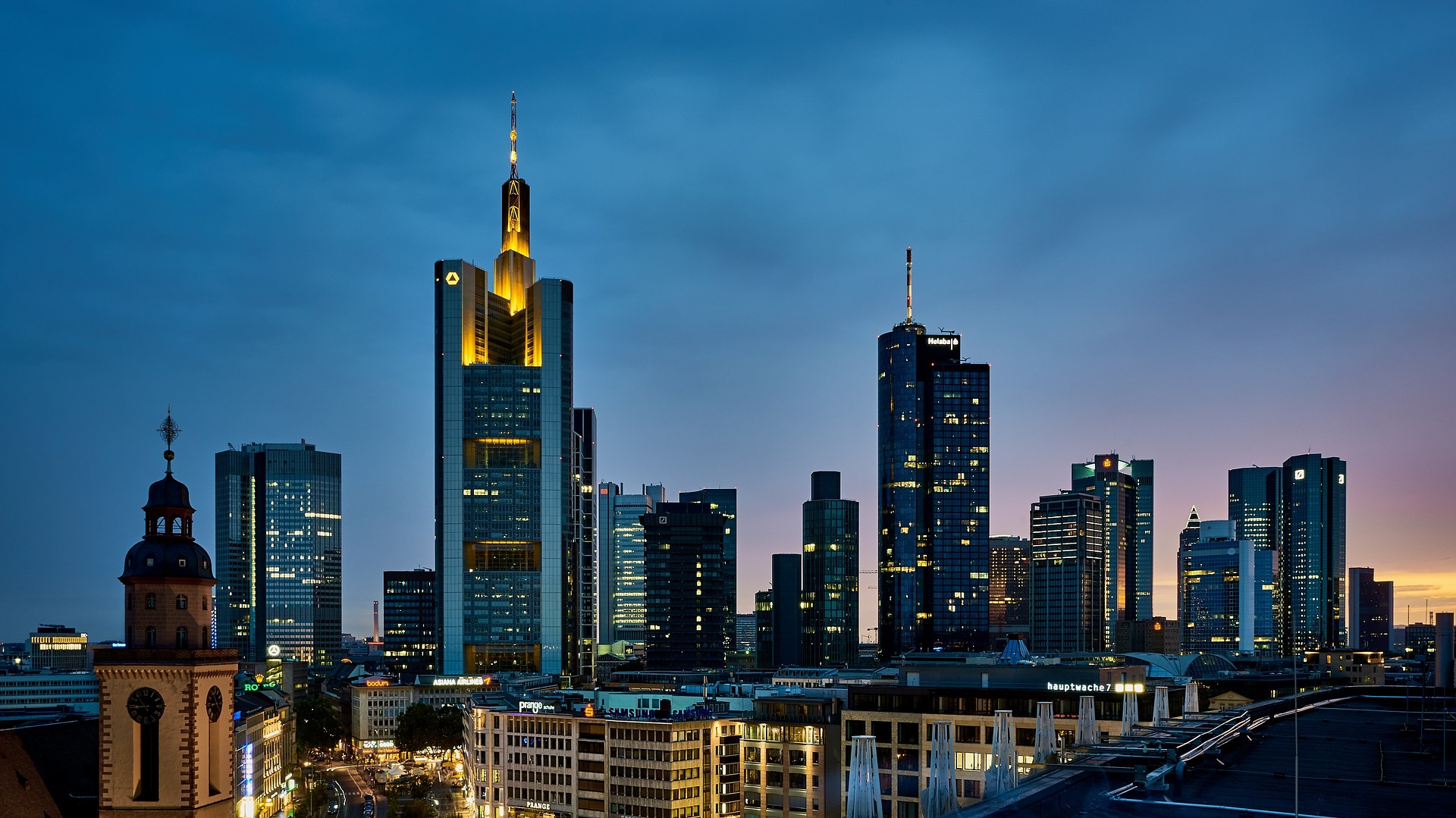After Covid-19, successful city branding more and more depends on how well it brings out the essence of what the city is and wants to be in the future
When we think of New York City, we probably think of one of the world’s most desirable places to live, work, or visit. But this was not true until the 1970s, when common perception was about crime, violence, and filth. The shift began in 1976, when the NY State Department of Economic Development commissioned the graphic designer Milton Glaser to create a new logo to encourage tourism. He came up with the celebrated ‘I Love NY’ logo, which succeeded in embodying the positive spirit of New Yorkers and turning the City’s image around. Many call this experience the first true example of planned city branding strategy.
Today, it takes more than just a logo to brand a city. City branding is about sharing feelings, culture, and the overall mindset people experience, be them inhabitants, visitors, or businessmen/women. A good branding strategy conveys the history of a city and its archetypes, its identity, its reality, and even the future it anticipates.
Look at what Porto did – the dot after the city name recalls the affirmative nature of its people, while the visual system goes back to the typical azulejos blue tiles. Or Courmayeur, choosing “Enjoying Italy at its Peak” as brand proposition and putting together its multi-faceted touristic offering – made of mountain sports, relax, shopping, and good eating – in a logo that portrays the Italian side of Mont Blanc.


Covid-19 mixed the deck. Now city branding is less about tourism and entertainment, and more about big challenges such as safety, climate change, and urban resilience. There is a pressing demand for cities to prove they care about people, so they need to tell how they provide a healthy place to live in, they protect the environment and wisely use natural resources, they grow inclusive communities, they attract talents and investments, etc.
As densely urbanised conglomerates were severely hit by the pandemic, they need to use communication and marketing efforts to reinforce the idea of being safe and lively, offering valuable experiences in times when travels are limited, and the countryside might not provide the same opportunities.
Some city branding projects are focusing on citizen engagement and public place development: placemaking is once again leveraged to talk of places for their people, activities and passions – thus creating a physical, cultural and social identity of territories, and supporting their evolution over time.
Successful city branding more and more depends on how well it brings out the essence of what the city is and wants to be in the future. It is a matter of positioning – as for corporate branding and communication, the more it is simple, credible, and relevant, the better it stands out.




